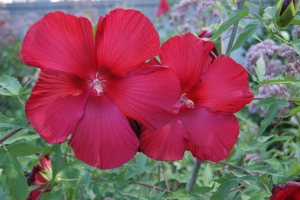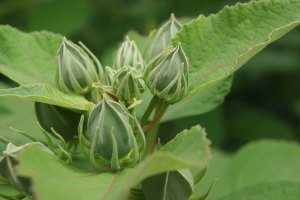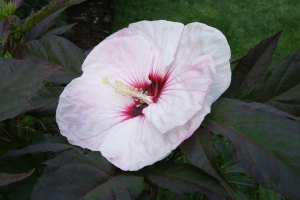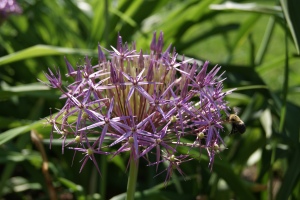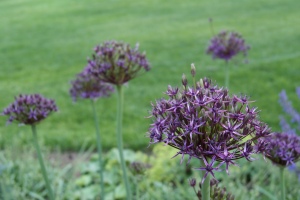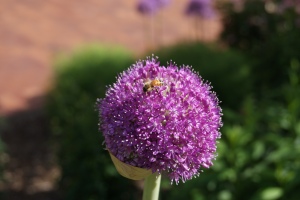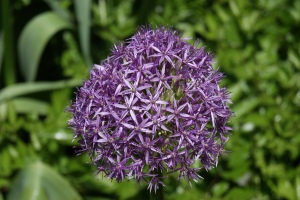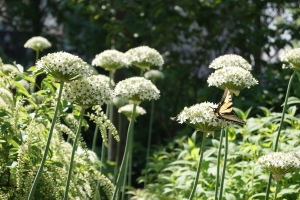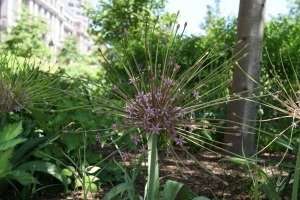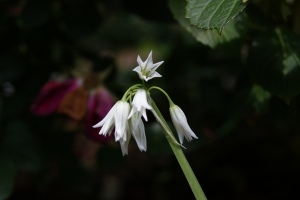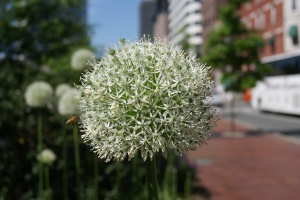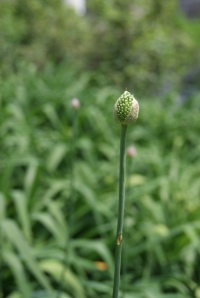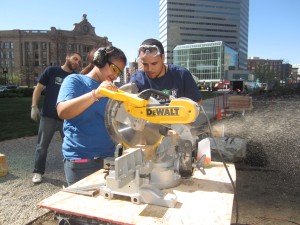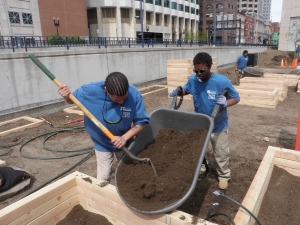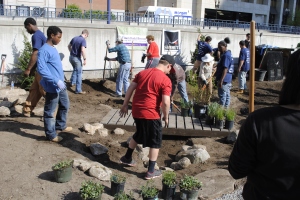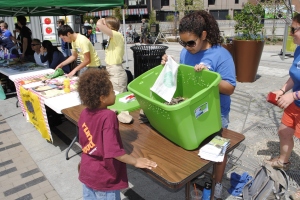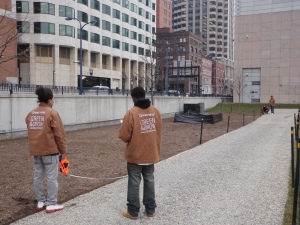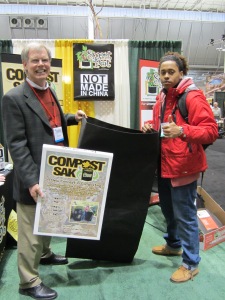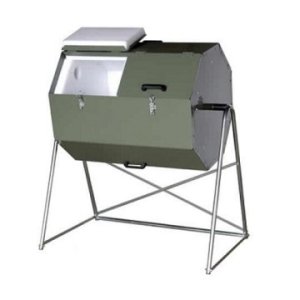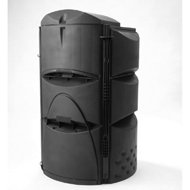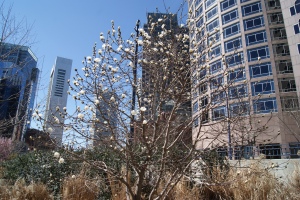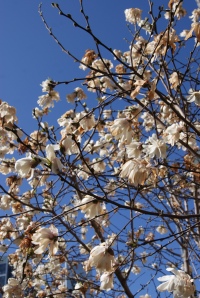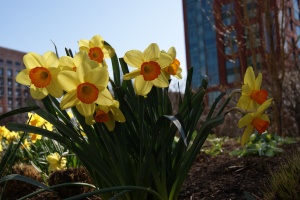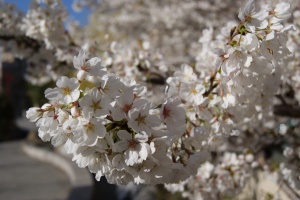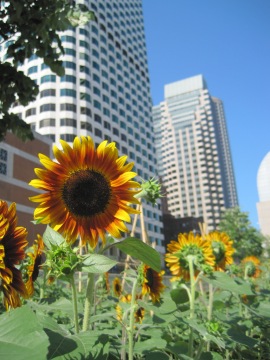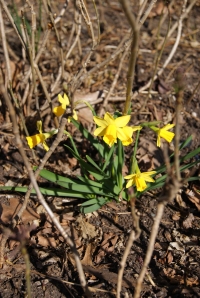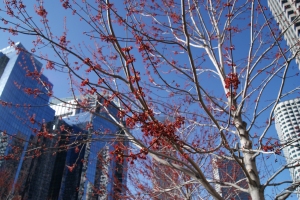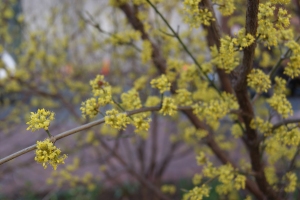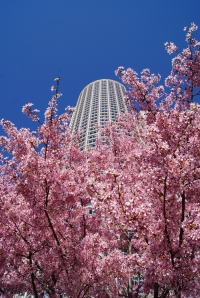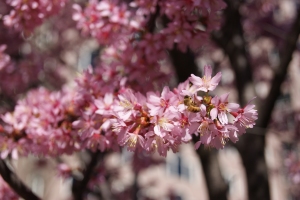In the White Mountains
During February vacation week, the Green & Grow Apprentices embarked on an unforgettable three day excursion to the White Mountains of New Hampshire where they climbed mountains, met with National Forest Service Professionals, explored their sense of self, and conquered their fears.
Day 1
We loaded up the van and headed to the Highland Center Lodge in Crawford Notch, NH. It only took us a few hours to get there but the scenery change was drastic and inspiring. The Apprentices’ were very excited when we arrived at the foot of the mountains,
“It felt good to leave the city and see something new—even when I go to my home country (Honduras and El Salvador) it’s still very urban, this was like the countryside, really rural.”— Diana, age 18
“I’ve only seen mountains on TV, I didn’t think that I was really going to a mountain to hike up it, it was kind of like being in a movie. “ –Francisco, age 18
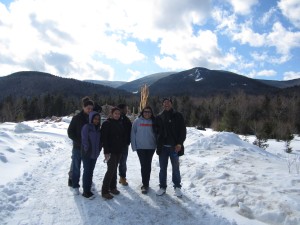
Apprentices upon arrival
After unloading our gear we met with the United States Forest Service professionals (USFS) at the Highland Center Lodge. They have really cool jobs like Wildland Firefighter, Wildlife Biologist, Recreation Planner, and Hydrologist. They told us about their jobs: what they liked most, what inspired them to choose their career, and what kind of education, experience and training they needed. We also learned how each of them contribute to the health and stability of the National Forest.
Later that evening, we geared up for a night hike and hit the trail behind the lodge. One of the apprentices reflected on the night hike,
“My experience in the woods tonight was both physical and spiritual. It made me think about how the Native Americans used their ability and experiences in the wilderness to direct and navigate their way through the forest. I also connected with the experience of the American slaves and how they used the stars to move them toward their destination of freedom.” – Sam, age 18
Day 2
After a big breakfast in the lodge, we started our hike up Mount Willard. The hike is about 3 miles and has a 900 foot elevation gain. At times, we weren’t sure if we could make it. Noelia said,
“Today I had the best experience of my life. I have never climbed up a mountain and the first time couldn’t have been better. I was with people I trust, knowing that if I fell they would help me. …The best part was being with people I have grown so close to and also the fact that we sledded down the entire mountain!” – Noelia, age 18
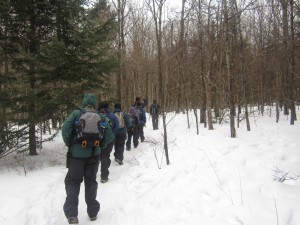
Hiking up Mt. Williard.
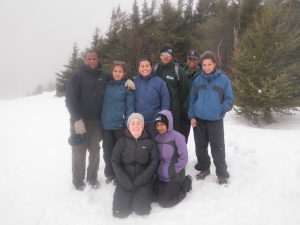
We made it! Clouds all around.
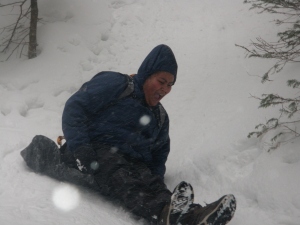
Sledding down Mt. Willard!
Later that afternoon, Sheela, a Hydrologist with the US Forest Service got us involved in the water quality monitoring she and her team are conducting. The monitoring helps to advise the USFS so that they know how the water systems are affected by forest disruptions. The information also helps the USFS make informed decisions regarding forest management.
We tested the water for pH, turbidity, buffering capacity and, conductivity.
Day 3
We woke up early to pack our bags, eat breakfast and hit the road back to Boston, but not before visiting another really cool component of the White Mountains National Forest, the Hubbard Brook Experimental Forest. Amey, a Forestry Technician, showed us the facility and how Hubbard Brook helps the USFS determine healthy practices for the forestry industry. For example, they break Hubbard Brook Forest into miniature watersheds, manipulate them and compare the results. Examples of forest manipulation are: clear cutting, thinning, harvesting rows of forest, or even buffering the watershed by leaving a strip of forest along the stream. Over the past five decades, the forest has consistently collected all kinds of data. Amey shared some of the data with us and explained how forests are important water filters. Without them, we wouldn’t have much, or maybe any, clean drinking water!
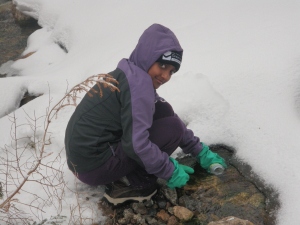
Asha collecting a water sample.
There were many highlights throughout the trip, but one of the most rewarding outcomes was the team building that resulted from the three day trip. In Noelia’s words,
“We were all really close before, but now I feel like we’re one big family.” – Noelia, age 18
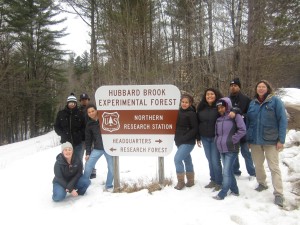
The Team at Hubbard Brook Experimental Forest
We’d like to thank the US Forest Service for the funding and support that made our trip possible. Also, thank you to Forest Service staff members, Sheela, Amey, Clara, Justin, and John for spending time with us and sharing your stories. And thank you to the Appalachian Mountain Club’s Youth Opportunities Program for lending us hiking gear! We had such an amazing time, and you all made it possible! We’d love to come back to visit in the spring!

